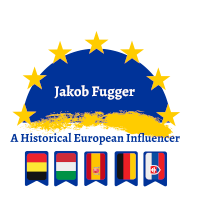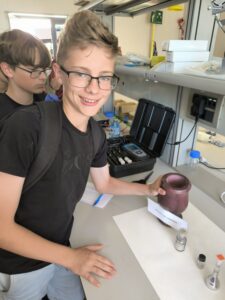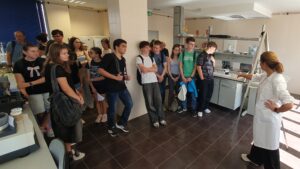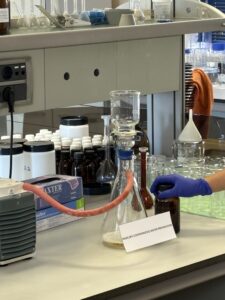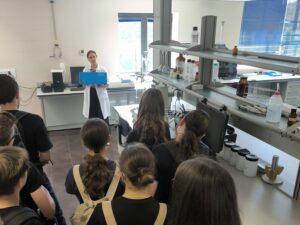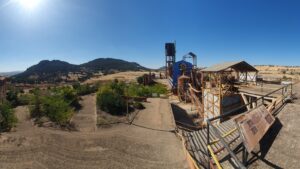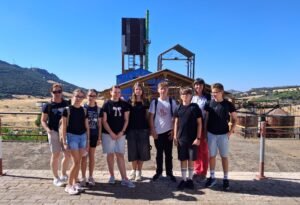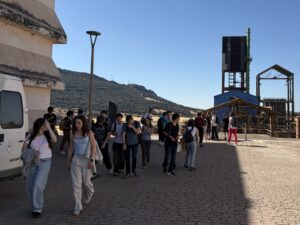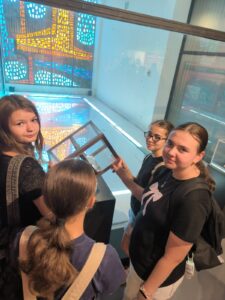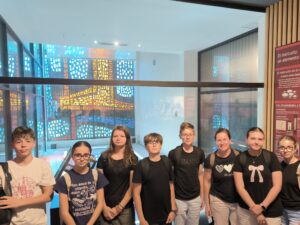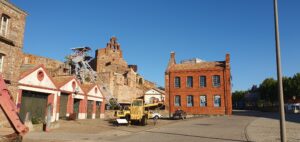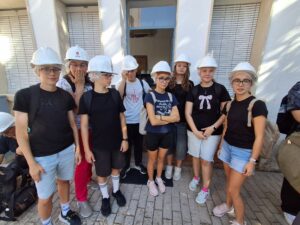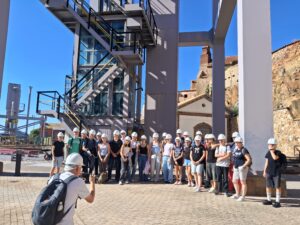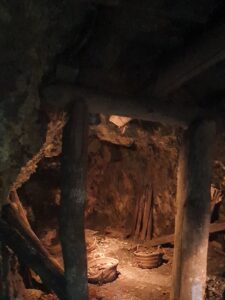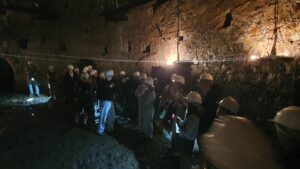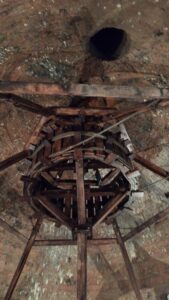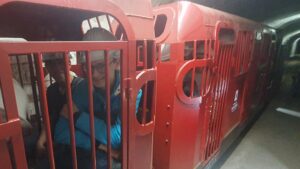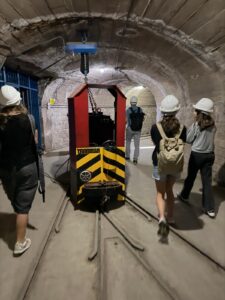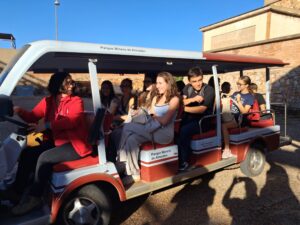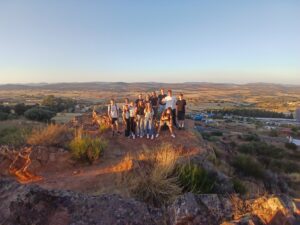The afternoon session provided a rich combination of scientific insight and historical context. The presentation and mine tour offered a deeper understanding of mercury’s environmental impact and the legacy of mining in Almadén. The experience was both educational and memorable, contributing significantly to the overall objectives of the conference.
The afternoon program began with a presentation at the Centro Tecnológico del Mercurio, delivered by engineer and mining director Javier Carrasco. This session, titled Environmental Aspects of Mercury, provided a comprehensive overview of mercury’s historical and contemporary uses, its global distribution, and the varying practices across different countries. Mr. Carrasco emphasized the significant health and environmental risks associated with mercury exposure and discussed current strategies for mitigation and environmental recovery. The presentation concluded with examples of best practices and innovative solutions aimed at reducing mercury-related hazards.
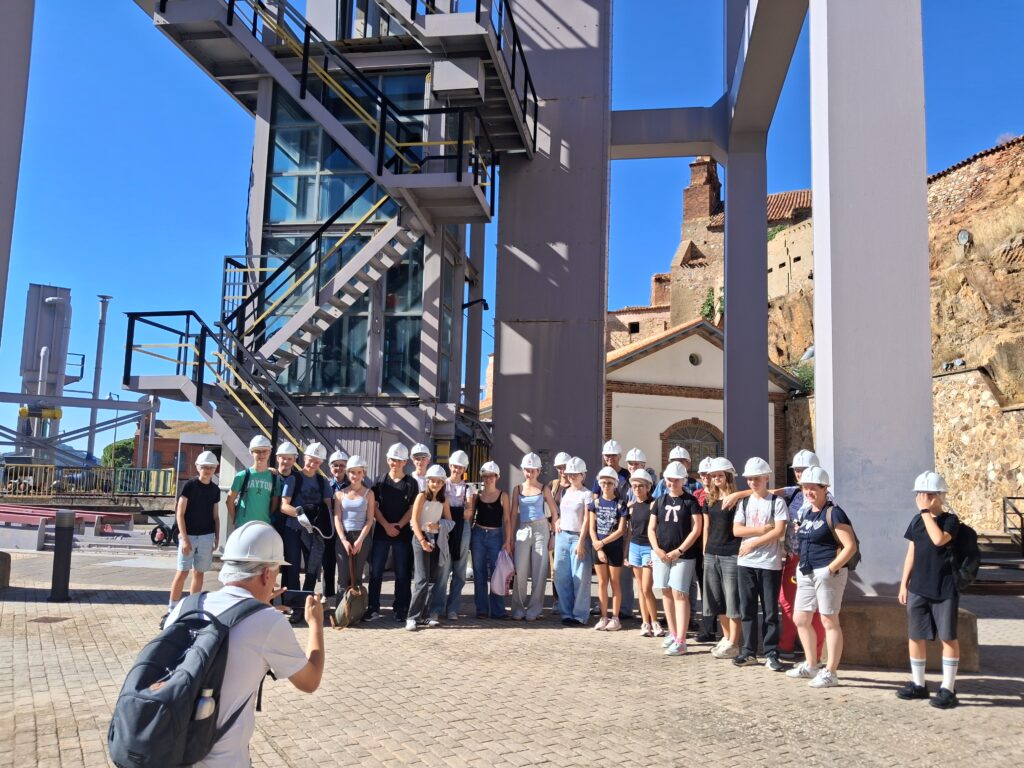
Following the presentation, participants embarked on a guided tour of the historic mercury mine in Almadén. Prior to entering the mine, all visitors were equipped with safety gear, including helmets and hairnets, and some accompanying teachers received lamps to assist with visibility. The descent into the mine was made via elevator, reaching a depth of approximately 50 meters.
Inside, the ambient temperature was a cool 12°C, and the narrow corridors reflected the working conditions of earlier mining eras. The decommissioned mine now serves as a habitat for bats, some of which were observed at the beginning of the tour.
During the tour, students learned that mercury in Almadén was extracted from cinnabar (mercury sulfide), a reddish mineral found in the region. The guide explained the evolution of mining techniques over time—from manual labor using oil lamps, pickaxes, and wheelbarrows, to more advanced methods such as horse-powered windlasses and mechanical drills. The transportation of extracted material also progressed from wheelbarrows to mine carts and eventually to mountain railways. A particularly striking moment was the opportunity to view the deeper levels of the mine, offering a sense of its vast scale.
The tour concluded with a visit to a representation of Saint Barbara, the patron saint of miners, followed by an exciting ride on the mine railway back to the surface. A shuttle then transported the group to the museum, where the Spanish exchange partners were waiting.
